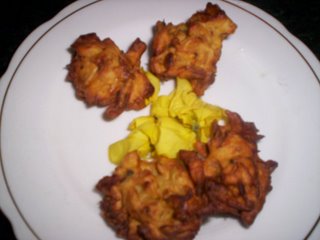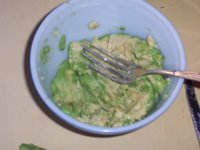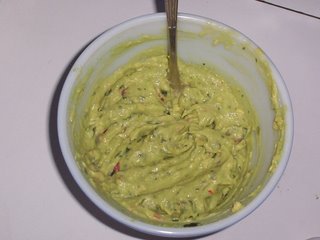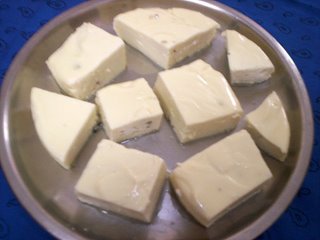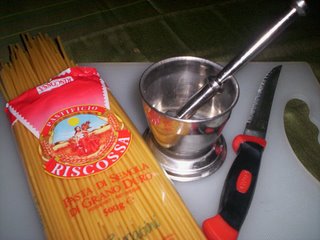Remembering Grandma – I
AMALTAS It’s been more than fifteen years since I lost her, yet I still miss her cooking. Titti, as my brother and I used to call my maternal grandmother was a remarkable person. A writer with powerful wordsmith skills, she held equal dexterity in other departments—sewing, knitting, and of course cooking. She was also an active social worker. I miss her wisdom, her sunshine presence, her selfless love. And like I said in the beginning, I miss her cooking.
It’s been more than fifteen years since I lost her, yet I still miss her cooking. Titti, as my brother and I used to call my maternal grandmother was a remarkable person. A writer with powerful wordsmith skills, she held equal dexterity in other departments—sewing, knitting, and of course cooking. She was also an active social worker. I miss her wisdom, her sunshine presence, her selfless love. And like I said in the beginning, I miss her cooking. And so it was with her experiment--successful, and oft-repeated--with Amaltas flowers. Whenever I see these resplendent yellow clusters, also known as golden showers, blowing through the hot
So recently, when the prolific and talented Shilpa tagged me for the ten things I miss the most about my mother’s cooking, I thought of starting these posts about my grandma. You see, since my mother is right here with me, I don’t have to miss her cooking at all! But we both miss Titti’s full-of-love edible creations. Just last week, Ma thought of remembering my grandma by getting a bunch of Amaltas and frying some fritters off them.
Even though I enjoyed helping Titti make these delightful pakoras or fritters, I didn’t know Amaltas is the proud owner of several medicinal properties.
The ancient Indian system of medicine attributes medicinal properties to almost all parts of amaltas tree, but it is the pulp of its fruit which is considered as an excellent laxative. The amaltas’ pulp has a peculiar flavour and is sweet in taste and cold in effect. It also has digestive, anti-inflammatory, anti-pyretic and blood purifying properties. A strong purgative, the root of amaltas is used in various skin diseases, while its leaves form an important part of many ointments and poultices. The bark of the tree, which is known as sumari, has astringent properties. From this link.
Let me share with you all the simple recipe of Titti’s Amaltas fritters then. Since it fits the theme so well, this is also my entry for Kalyn’s Weekend Herb Blogging.
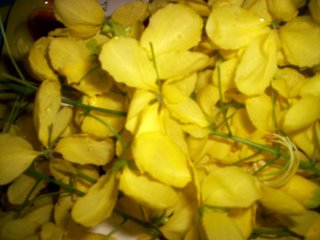
Titti’s Amaltas Fritters
Ingredients:
A bunch of freshly-plucked Amaltas blooms
Gram flour (besan): 2/3 cup
Green chili (chopped): 3-4
Nigella seeds (kalonji): 1/2 teaspoon
Salt, to taste
Water: 1 cup
2. Heat oil in a wok and deep fry the fritters in batches.
3. Serve hot with chutney or ketchup or just like that.
